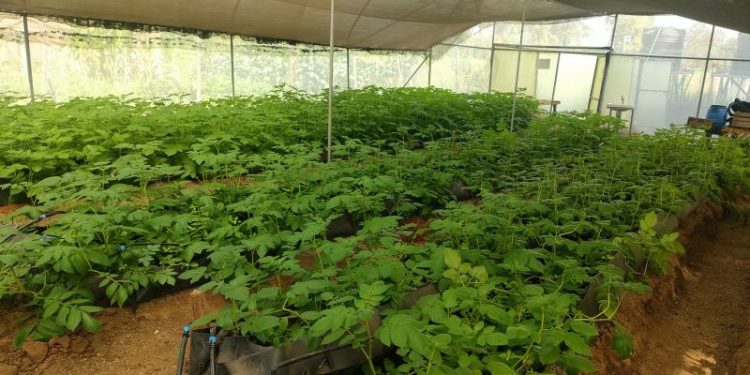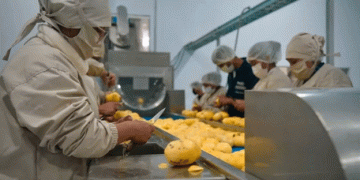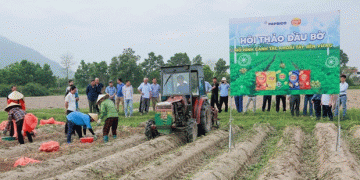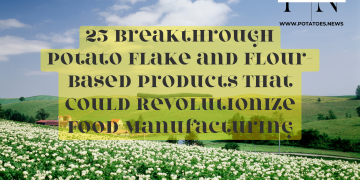Essential Insights for Farmers, Agronomists, and Industry Professionals
As reported by ephytia
Frost and cold temperatures pose significant risks to potato crops, affecting both foliage and tubers. Understanding the symptoms and implementing effective mitigation strategies are crucial for farmers, agronomists, and other industry professionals to minimize losses and maintain crop quality.
Impact on Foliage
Frost primarily causes burns and leaf withering, with the most severe damage typically observed on the top leaves and those around the plant’s edge. In young plants, measuring between 5 to 10 centimeters, severe frost can completely wither the green parts, although growth can resume from unaffected areas. Additionally, prolonged exposure to cold can lead to a purplish discoloration of the leaflets’ edges due to anthocyanin formation, which may also result from other stress factors like nutrient deficiency or virus infections.
Impact on Tubers
Tubers exhibit symptoms of frost damage as they warm up after exposure. The frozen parts become soft, and the interior turns liquid and blackens. Partial frost leads to irregular grey to black spots, typically on the flesh but more commonly on the tuber’s outer part.
Cold damage can also occur during storage, especially at temperatures close to 0°C for extended periods. Symptoms include inhibited sprouting and the appearance of necrosis and sometimes depressed areas on the skin. Fine-skinned cultivars are particularly vulnerable, showing skin necrosis when suddenly placed in low-temperature storage. Severe symptoms include black and glossy tubers, which are prone to rotting following storage at low temperatures, frost, or oxygen deficiency.
Mitigation Strategies
To mitigate frost and cold damage, farmers and agronomists can adopt several strategies:
- Field Management:
- Timing of Planting: Planting should be timed to avoid young plants being exposed to late frosts.
- Frost Protection: Use frost blankets or other protective coverings during forecasted frost events.
- Storage Practices:
- Temperature Control: Ensure storage facilities maintain a stable temperature above 0°C to prevent cold damage.
- Gradual Temperature Adjustment: Gradually lower temperatures when moving potatoes to storage to reduce shock, especially for fine-skinned varieties.
- Monitoring and Maintenance:
- Regular Inspections: Frequently inspect stored potatoes for early signs of frost damage or disease.
- Environmental Controls: Maintain optimal humidity and oxygen levels in storage facilities to prevent secondary damage.
- Varietal Selection:
- Cold-Resistant Varieties: Select potato varieties known for their resilience to cold conditions and frost.
Understanding these impacts and implementing effective countermeasures can significantly reduce the risks associated with frost and cold temperatures. By following these guidelines, industry professionals can better protect their crops, ensuring higher yields and better quality potatoes for the market.






